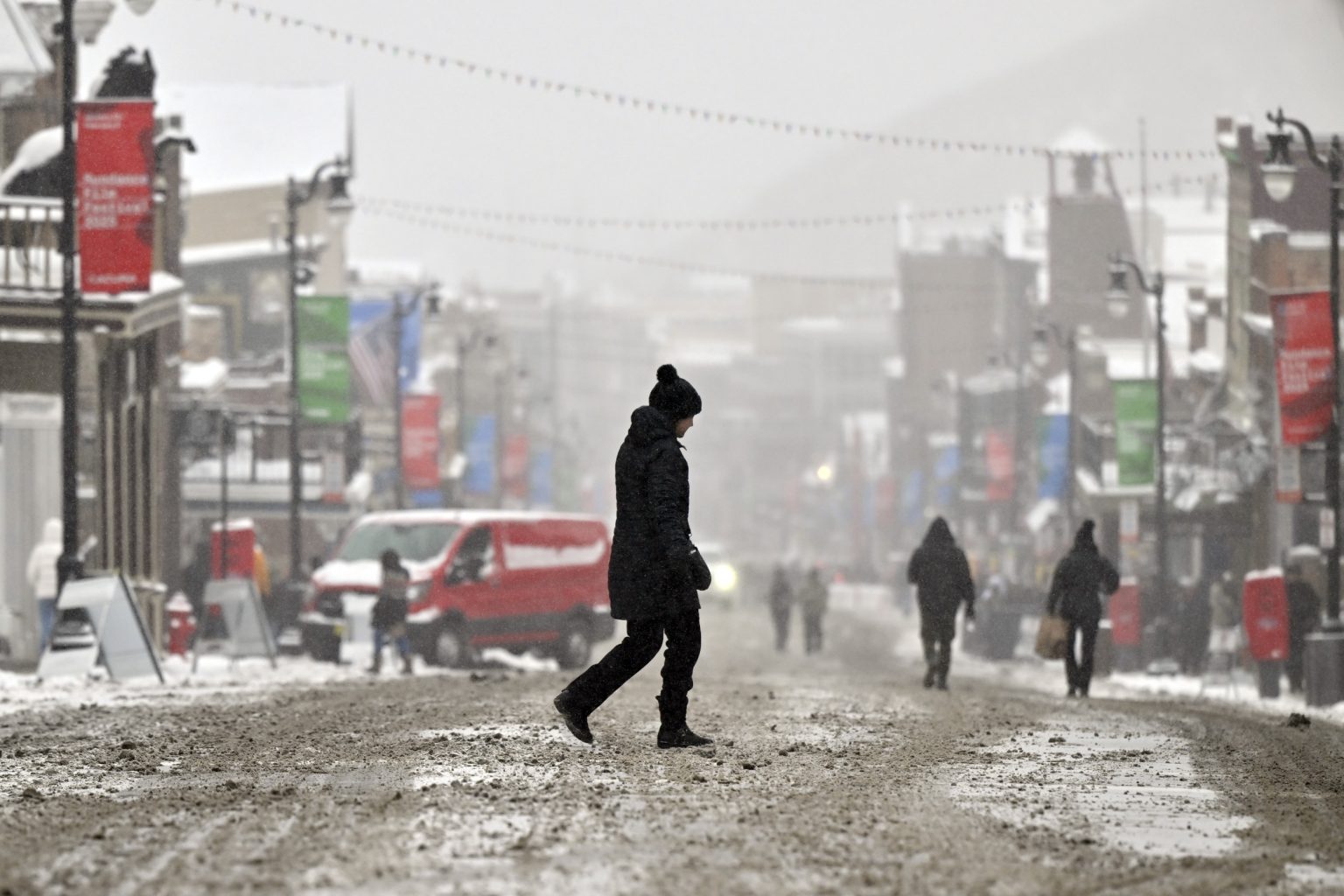A significant winter storm swept across a large swathe of the United States, impacting twelve states and prompting winter weather warnings from the National Weather Service (NWS). Heavy snowfall, ranging from several inches to potentially up to three feet, coupled with freezing temperatures and strong winds, created hazardous conditions, disrupting travel and posing risks to public health. The storm’s broad reach stretched from the Pacific Northwest, through the Mountain West, and into the upper Midwest, affecting states including California, Oregon, Washington, Idaho, Utah, Wyoming, Montana, North Dakota, South Dakota, Minnesota, Wisconsin, and even a small portion of Alaska.
The NWS issued a variety of alerts reflecting the diverse impacts of the storm. Winter weather advisories were in place for parts of Wisconsin, Minnesota, and the Dakotas, where several inches of snow, or a combination of snow, sleet, and freezing rain, were expected to cause significant inconvenience. More serious winter storm warnings, indicating hazardous conditions such as heavy snowfall and ice accumulation, were issued for portions of Montana, Wyoming, Utah, Idaho, Washington, Oregon, and California. The heaviest snowfall, potentially reaching 18 to 36 inches, was predicted for the mountainous regions of Wyoming, including the Teton and Gros Ventre Mountains, and the Salt River and Wyoming Ranges. A blizzard warning, signifying severe conditions including blinding snow and high winds, was in effect for a small area of northwest Alaska.
The severity of the conditions varied across the affected regions. While some areas experienced only several inches of snow, others faced the potential for much heavier accumulations. The NWS cautioned that travel could be difficult to impossible in areas experiencing heavy snowfall and strong winds, which could lead to blowing and drifting snow, further reducing visibility and increasing hazards. In some cases, the NWS advised postponing travel until conditions improved. The combination of heavy snowfall and strong winds creates a heightened risk for motorists, as roads become impassable and visibility decreases drastically. The potential for downed power lines also posed a further threat.
Beyond the immediate impacts on travel, the freezing temperatures associated with the winter storm presented health risks, particularly for vulnerable populations such as infants and older adults. Prolonged exposure to cold temperatures can lead to hypothermia and other cold-related illnesses. The NWS emphasized the importance of taking precautions to stay warm and safe during the storm, including dressing in layers, limiting time outdoors, and checking on neighbors and relatives who may be particularly vulnerable to the cold.
Local NWS offices utilized social media platforms like X (formerly Twitter) to disseminate specific information and updates about the storm’s progress within their respective regions. NWS Great Falls, Montana, warned of an arctic cold front moving through the region, bringing the coldest temperatures and wind chills, particularly to the plains, where a cold weather advisory was in effect. NWS Green Bay, Wisconsin, predicted a narrow band of heavy snow across northern Wisconsin, with accumulations of 3 to 5 inches or more, though the precise location remained uncertain. NWS Seattle reported a transition from rain and snow showers to primarily snow, with some localized heavier accumulations possible, and temperatures dropping into the 20s.
The widespread nature of this winter storm highlights the critical role of the NWS in providing timely and accurate weather forecasts and warnings. The agency’s alerts enable individuals, communities, and emergency management agencies to prepare for and respond to hazardous winter weather, mitigating potential risks to life and property. The NWS continues to monitor weather conditions and issue regular updates as forecasts may change. This information allows individuals to make informed decisions regarding travel, outdoor activities, and other aspects of daily life affected by the winter weather. The focus on public safety and preparedness underscores the importance of heeding NWS warnings and taking appropriate precautions during severe weather events.


